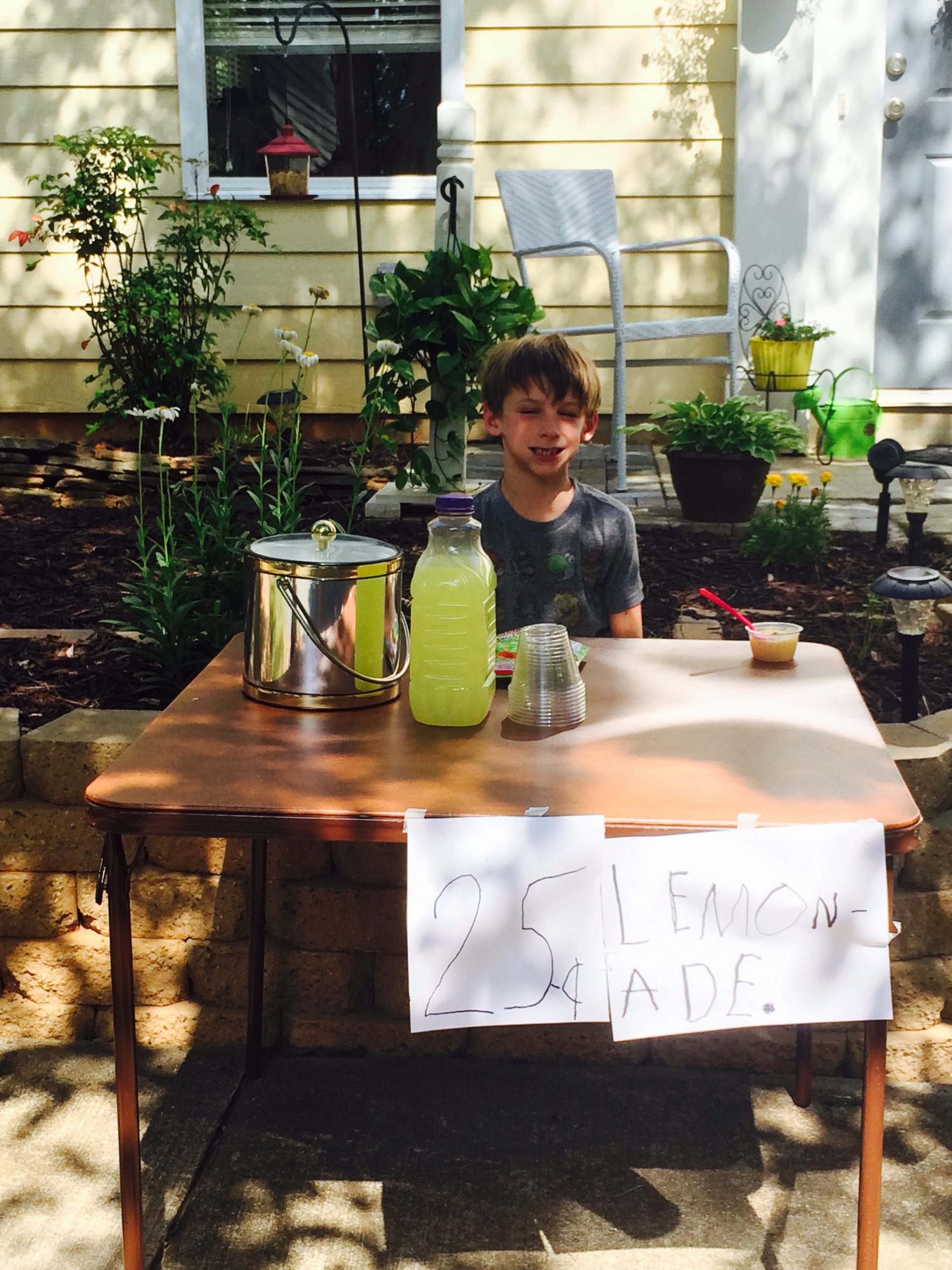Childhood depression is real. Children and students worry although it is felt they have no major issues to cause them to worry. Even in the best of homes children have concerns that cause stress. As symptoms of depression occur, they interfere with social activities, interests, and school.

What Depression Looks Like
Depression is a mental illness. It causes feelings of sadness, irritability, and a disinterest in family activities. At times, students feel hopeless and unworthy. This feeling also influences eating and sleeping habits. Unhappiness does not pass without help. Also, it looks different in children than it does in adults.
• Children with depression have difficulty concentrating.
• Children sleep more so they do not have to face problems.
• Depression causes changes in appetite. Their appetite either increases or decreases with the feeling of unhappiness.
• Also, low self-esteem occurs. Children feel hopeless.
• As the depression deepens, running away becomes a possibility. In extreme circumstances, suicide is a possibility.
However, not all symptoms are present to indicate depression. But, it is connected with changes in the brain.
Stress factors are present for many children. School is one of many places where children feel stress. They feel pressure to conform and yet want to be an individual. In addition, children deal with relationships, peer groups, and religious influences. At times, family patterns and lifestyles change. Children experience many emotional issues. Some of which become toxic.
How To Help
Help the child through conversation. Get the person to discuss the emotional feelings. Also, make the pediatrician or guidance counselor aware of the possible emotions the child or student experiences. Practice good health through good eating habits, sleep and exercise. Limit time on social media. Keep home and school communication open. Attempt to look at problems in a positive manner. Lastly, praise good behavior. In addition, build on the strengths of the student or child.
Patience is needed. As a teacher or parent, be patient and kind. Avoid arguing or using unkind words. A child or student’s mood does not mean disrespect toward anyone. It is not intentional. Build a bond through understanding and help strengthen resilience against unwanted stress.




